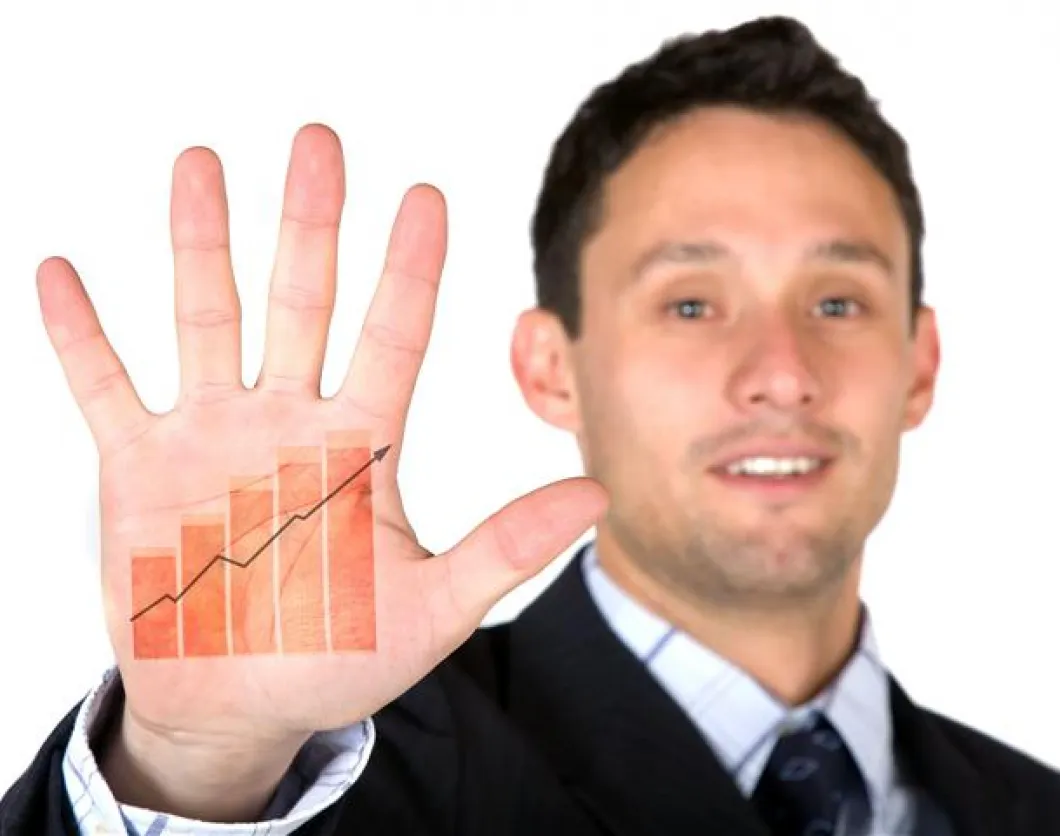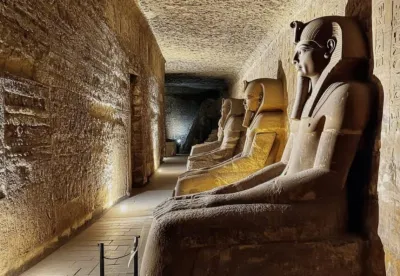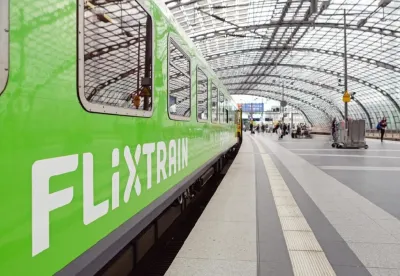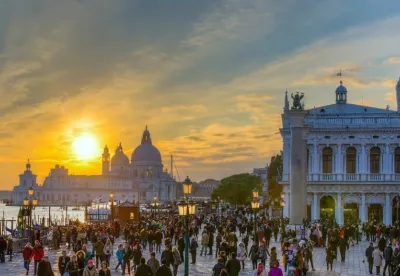As the greatest communication event of our lifetime, the Internet has opened up marketing possibilities for every industry – more so for tourism than any other sector.
Where travellers were once required to get their information by visiting travel agents and paging through pamphlets and books on their potential destinations, they now have everything they need to make travel decisions without ever leaving their homes.
This means that the travel agent or destination trying to attract these consumers has the opportunity of taking informationto them, rather than waiting to be contacted. It isn’t, however, a “build a website and they will come” situation: Anyone marketing a destination needs to use the full arsenal of marketing and PR weaponry, with a heavy bias towards digital and – in particular – social media.
Offline Media
The best way to get visitors online is still to use offline media – newspapers, magazines and leaflets bearing the website address of the destination you’re selling. Once online, visitors need to be encouraged by a site that is not only easy to navigate, but gives them the answers they would normally get sitting across a desk from an agent.
Firstly, we have to think like a tourist. What would I most want to know about a city or country I’m going to visit? Safety? Where to change money? Which hotels are best? Activities in that region? The site’s “search” facility needs to be set up in such a way that visitors are given the maximum choice for a limited selection of key words. Few tourists contemplating a visit to South Africa are even going to type in the word “ostrich”, but if they type in “Oudtshoorn” or “Karoo” they should get a link to the region’s ostrich farms.
Backing up a regular website is social media, where visitors and agents get down to the nitty-gritty of destination and tourism marketing.
Getting Social
Firstly, let’s dispel the myths of social media: Yes, it is massive; and no, they will not be buying, so much as learning about your offering. Anyone who tries a hard-sell in the social media arena is looking to get “de-friended” or deleted.
Social media sites such as Facebook, Twitter and others are extremely useful to guide – or change – people’s perceptions of a region or country. Where visitors know that you are actually living in that region, they come to trust that the information they are getting is “from the horse’s mouth”.
The key, of course, is to monitor your social media initiatives as much as possible. Answer questions honestly and don’t fall into the trap of “hiding” comments that you don’t like – which merely makes readers suspicious of your motives. A “fan page” on Facebook is a phenomenal way to get your destination out to the site’s millions of users around the globe; not just by directing them to your website, but by engaging them in conversation.
As South Africa readies itself for the FIFA World Cup kickoff in June 2010, all kinds of “information” about the country has appeared in foreign newspapers. Now, what sells newspapers is bad news, so some articles have had a largely negative focus, especially on the issue of safety. We have been able to engage one-on-one with people who have been planning a trip around the event, and been able to direct them to Interpol reports that show the high levels of security implemented for the event. From my desk, I have “chatted” online with potential visitors and assured them that there are no machete-wielding terrors in my garden!
This, of course, was never possible pre-Internet. Tourists paid their money and took their chances. Today, travellers can get up-to-the-minute news on events anywhere in the world just by pointing and clicking.
This gives every travel operator or destination marketer – regardless of size or resources – an equal opportunity to engage the traveller; to encourage them to throw their three coins in the fountain, kiss the Blarney Stone or marvel at the Pyramids . . .
By Dianne Bayley
Dianne Bayley is a freelance writer born and raised in Johannesburg, South Africa.










